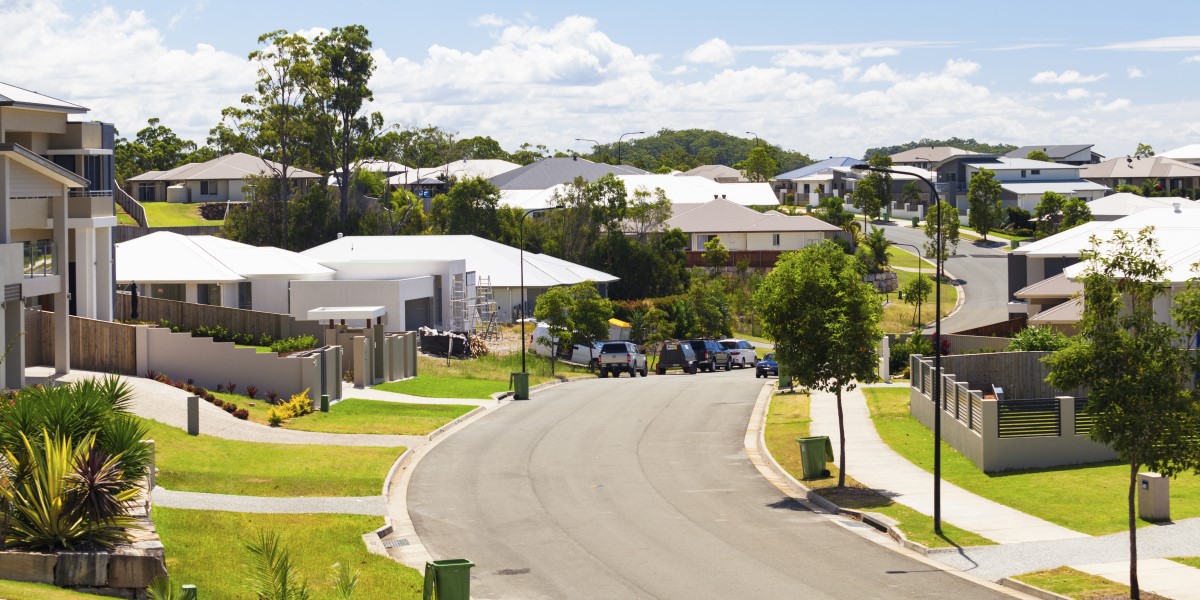
The best word to describe the property market over the past few years would be – volatile. As residents were released from the lockdowns and restrictions of the pandemic, the country experienced the strongest annual growth in property prices on record in 2021. However, skip forward, and 2022 was a very different story. With eight successive rate rises throughout last year, the housing market has gone through some dramatic changes and so too has buyer purchasing behaviour.
Types of Properties being purchased
In the first half of 2022, InfoTrack’s Property Market Update saw a noticeable increase in strata properties. In New South Wales (NSW), 50% of First Home Buyer sales were for this property type, a figure that remained steady throughout the year. In Queensland (QLD) home unit sales experienced significant growth for 2022, particularly in August when the peak of purchases occurred. These insights may come as no surprise, given the financial outlay that a house entails compared to a strata property. Many home buyers, especially those who are purchasing for the first time, view a unit or townhouse as an investment that delivers on several key fronts. It enables them to enter the property market at a reasonable price point, whilst maintaining the highly sought-after inner-city existence. As affordable houses within the city limits continue to be scarce, it’s highly likely that the popularity of strata properties will only increase.
Location of properties being purchased
Throughout 2022 a number of buyer trends emerged when it came to the location of properties being purchased. Throughout the second half of 2022, a popular location for NSW First Home Buyers was postcode 2762, an area on the fringe of Sydney covering the suburbs of Schofields and Tallawong. The interest in this postcode is reflective of the wider urban sprawl that was occurring across NSW, as buyers sought property on the outskirts of Sydney.
What was obvious from the last property market update is that the locations that were popular at the start of 2022, remained consistently popular right until the end of the year. The key point of difference from one quarter to another, is that property prices began to rise. For example, in Q4 the highest portion of sales (40%) for post code 2762 was attributed to properties within the $500k – $600k range. However this is a decline in overall share that this price range recorded in Q3 (46% share). By comparison, properties within the $700k-$800k price range for 2762 increased from 9% share in Q3 to 22% in Q4 in 2022.
On the other hand, over the past few years the sunshine state of QLD has experienced a boom in sales and an influx of potential buyers wanting to move north. Coastal properties appear to have garnered favour, as reflected by the Top 10 Suburbs for Home Units. When comparing the data for QLD Home Units to those of Houses, we can see some movement in the purchasing behaviour and location preferences of buyers. Whilst Home Units were demonstrated to be popular in built-up, densely populated areas like the Gold Coast, we can see when it comes to houses - purchasers are investing further afield.
For houses in 2022, suburbs adjacent to the Gold Coast in the thoroughfare to Brisbane remain popular, like Upper Coomera. The property data has also shown an increased presence in locations around the City of Ipswich, like Redbank Plains and Springfield Lakes. The Moreton Bay region, north of Brisbane, also features with the suburbs North Lakes, Narangba, and Caboolture featuring prominently throughout the year. It isn’t surprising that any of these suburbs have been popular locations for houses, given the growing attraction of buyers to live in these areas as they offer cost-effective new builds.
Looking forward
What we have learnt over the past few years is that Australians and the national property market are incredibly resilient. Whilst many commentators are saying that price pressures have peaked, we can only be sure once the Reserve Bank of Australia board meet again as to whether another interest rate rise is on the cards and how these immediate changes impact long-term buyer purchasing behaviour.



